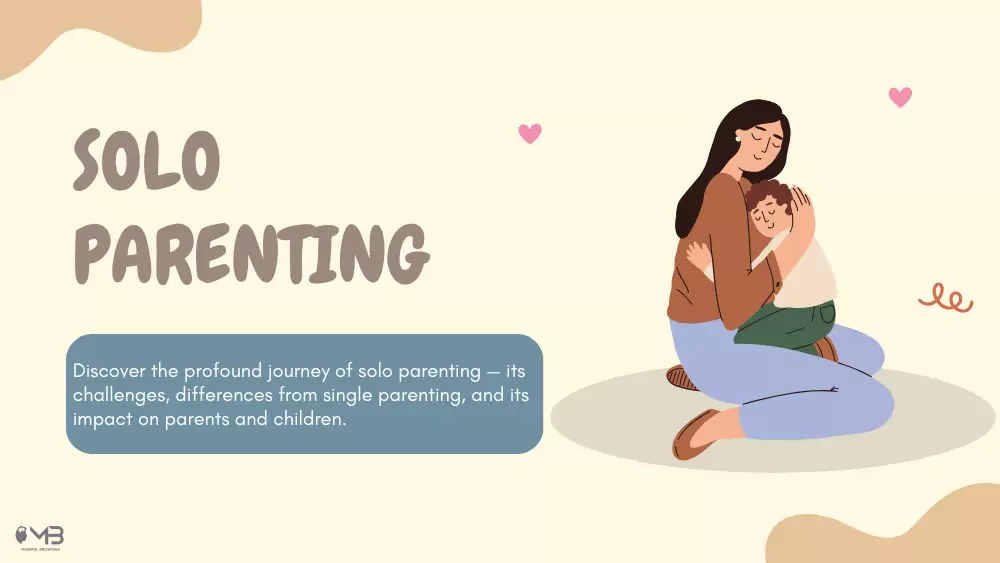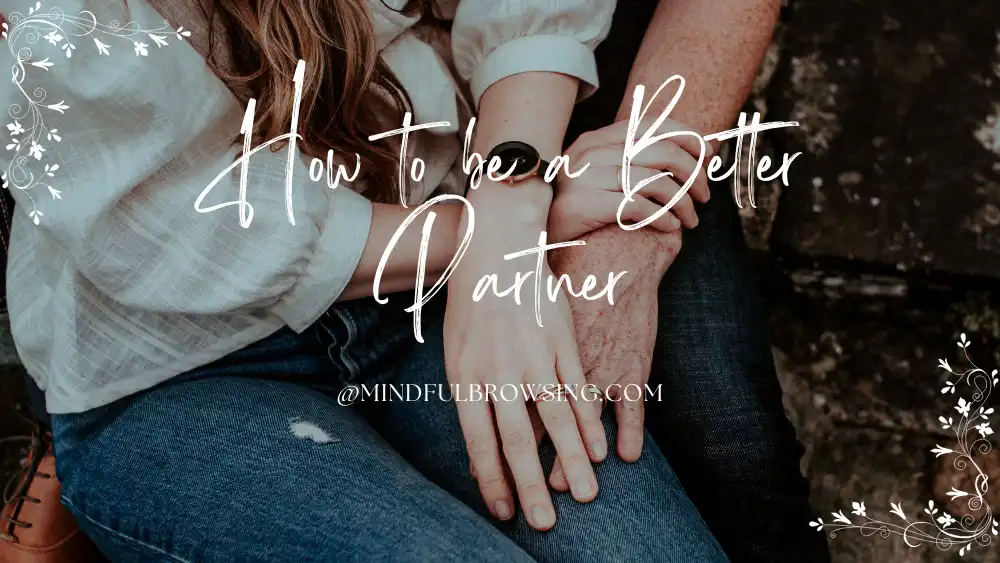
Apologizing can be one of the most challenging forms of communication, even to a good friend. It requires humility, honesty, and the courage to own up to mistakes. An effective apology can build bridges, repair relationships, and foster understanding despite its difficulty. This blog post will explore the art of apologizing, offer step-by-step guidance on apologizing earnestly, and provide examples that may help you deliver a sincere apology.
What is the Importance of Apologizing in Relationships
Before we explore the “how,” it’s crucial to understand the “why.” Apologizing serves several essential functions:
- Heals Relationships: An apology can mend fractured relationships by acknowledging and addressing the pain caused.
- Acknowledges Responsibility: It recognizes one’s role in the incident, which is vital for moving forward.
- Demonstrates Empathy: Apologizing effectively shows that you understand and care about the other person’s feelings.
- Promotes Personal Growth: Owning up to mistakes allows for self-reflection and growth.
Given the importance of apologies, let’s look at a step-by-step guide to ensure your apology is received as intended.
The 6 Steps to an Effective Apology
Crafting a sincere apology involves several essential steps that ensure your message is heartfelt and constructive.
1. Reflect on Your Actions
Before you apologize, take time to reflect on what happened and why it was hurtful. Analyze the situation from multiple angles and try to understand the other person’s perspective. Consider the following questions:
- What exactly did you do or say to hurt the other person?
- What were the circumstances surrounding your actions?
- Why might the other person feel hurt or upset?
Self-reflection helps you craft a more authentic apology. It prevents you from offering a perfunctory “I’m sorry” that lacks sincerity.
2. Acknowledge the Impact
An apology is more effective when you acknowledge the specific impact of your actions or words. This shows the aggrieved party that you recognize the real consequences of your behavior, not merely the abstract concept that “mistakes were made.”
For example, instead of saying, “I’m sorry if you were offended,” which skirts responsibility, say:
- “I realize that my words hurt you and made you feel undervalued in our team.”
- “I understand that my lateness disrupted your plans.”
By acknowledging the impact, you validate the other person’s feelings, which is crucial for healing.
3. Take Responsibility
This might be the hardest part, but it’s also the most crucial. A good partner avoids using language that deflects blame or minimizes the incident. Sentences that contain “if” or “but” should be avoided, as they can undermine the apology.
- Weak: “I’m sorry if I upset you, but I was stressed.”
- Strong: “I’m sorry for upsetting you. It was wrong, regardless of my stress level.”
4. Express Genuine Remorse
Once you’ve acknowledged the impact and taken responsibility, express genuine remorse. Your apology should convey that you regret your actions and the resulting pain they caused.
- “I deeply regret my actions and the hurt they have caused you.”
- “It pains me to see that my behavior negatively affected you.”
Authenticity is key here, as hollow apologies can make things worse.
After expressing genuine remorse, consider offering a small gift to show sincerity and commitment to improving the relationship. Pair it with a heartfelt message reiterating your apology. Apology letter templates can help create a thoughtful and structured message.
5. Offer to Make Amends
A sincere apology often includes a gesture of goodwill or offer to make amends. This could be as straightforward as pledging to change your behavior or making up for a specific loss or inconvenience.
- “I was wrong to miss our deadline. I’ll prioritize our next project to ensure it’s completed early.”
- “Please tell me how I can make this right.”
Offering to make amends shows you’re committed to restoring the relationship and preventing future issues.
6. Seek Forgiveness and Give Space
Finally, ask for forgiveness, but give the other person time and space to process your apology and their feelings.
- “I hope you can forgive me, but I understand if you need more time.”
This step acknowledges that forgiveness is a process and respects the other person’s timeline.
Common Pitfalls to Avoid

Even the best-intentioned apologies can go awry if not communicated correctly. Here are common pitfalls and how to avoid them:
- Avoiding the word “apology”: Don’t dance around the issue. Clearly say that you are apologizing.
- Minimizing the issue: What may seem small to you could be significant to someone else. Validate their feelings irrespective of your personal views.
- Rushing the apology: Apologies should not feel like an obligation or a passing remark. Allocate the time needed to communicate effectively.
- Expecting immediate forgiveness: Forgiveness is a gift, not a right. Don’t pressure the other person to forgive you right away.
Examples of Effective Apologies
Here are some examples of effective apologies that can help rebuild trust and mend relationships.
1. Personal Example:
“Hi [Name], I’ve been thinking about what happened and how my words hurt you. I deeply regret making you feel ignored and unappreciated during our meeting. It was never my intention to overshadow your contributions. Please know that I’m committed to paying better attention in future projects. Is there anything I can do to make up for this?”
2. Professional Example:
“Dear [Colleague’s Name], I want to sincerely apologize for missing the deadline. I realize this caused a lot of inconvenience for your team. I’m taking steps to improve my time management, and I would like to help resolve any outstanding issues this has caused. Thank you for your patience and understanding.”
The Importance of Follow-Through
After apologizing, it’s crucial that your actions align with your words. This demonstrates your commitment to change and reassures the other person that your apology was genuine.
Consider these points:
- Implement Changes: Whether it’s in your behavior, your habits, or processes, implementing change is vital.
- Check-In: Follow up with the aggrieved party to ensure everything is on track and to express continued commitment to improvement.
- Be Patient: Understand that rebuilding trust takes time; act consistently over time to demonstrate your sincerity.
Apologies and Growth
While apologizing can be uncomfortable or unfamiliar, mastering this skill can greatly enhance personal and professional relationships. The practice of apologizing is not just one of social nicety; it’s a practice that fosters empathy, promotes understanding, and cultivates integrity.
Conclusion
By conscientiously working through the steps outlined in this post, your apologies can become even more meaningful and impactful. Becoming proficient in this skill means you’ll not only resolve existing conflicts but also prevent new ones from arising. If there’s one key takeaway from this guide, it’s that the art of apology can be learned and refined, leading to profound personal growth and a lasting, positive impact on those around you.






